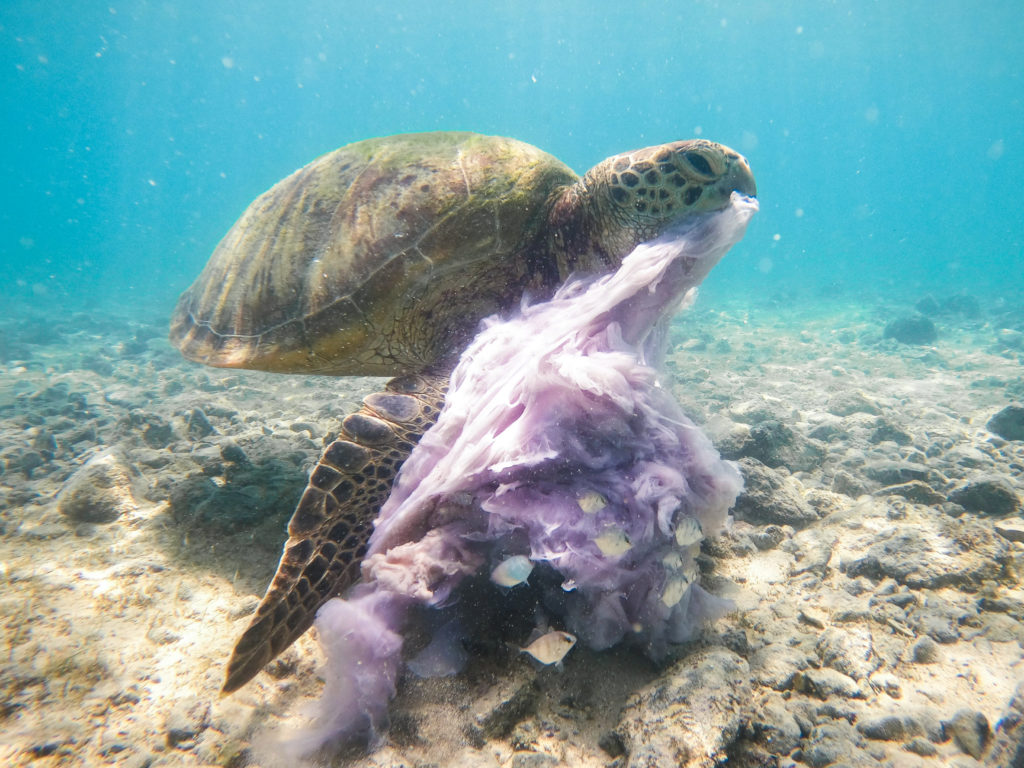Happy New Year! As we say goodbye to 2021 and welcome 2022 this week we show you this epic capture by our Eco-Host Kate of two of our favourite seasonal visitors; The Green Sea Turtle and the Lionsmane Jellyfish.

Now when we say seasonal, this is not strictly true, both turtles and jellyfish can be sighted in the Whitsundays all year round, however, January is a key time for both of these amazing animals. The summer months on the GBR are considered the ‘stinger season‘ the warmer waters see’s a spike in the numbers of jellyfish recorded up and down the east coast. The Lionsmane Jellyfish pictured here, commonly known as ‘Snottys’ by the locals (We will let you have a guess why!) do sting, but are generally considered safe for people to swim around. They also happen to be a delicious treat for turtles and we often see them chomping away on Jellyfish around the fringing reefs of the Whitsundays.
Do they sting the turtles?
You’d assume so!? But many marine animals have evolved to be immune from stings, the relationship Anemonefish have with the Anemone for example. So even if the turtle feels the sting, the taste must outway the pain! The Jellyfish are thought to give the turtle a narcotic effect, you will usually find the turtles settling down for a nap after a good feed! For any Finding Nemo fans, Crush the Turtle’s persona seems to suggest he enjoys the odd jelly!
We’ve also been seeing turtles daily on our Whitsunday tours! January is peak nesting and hatching season for our favourite marine reptiles! The islands offer beautiful beaches for our guests to enjoy but also protected locations for turtles to safely lay their eggs. In the next few weeks, we hope to see these nests incubate and hatch the next generation of turtles!

